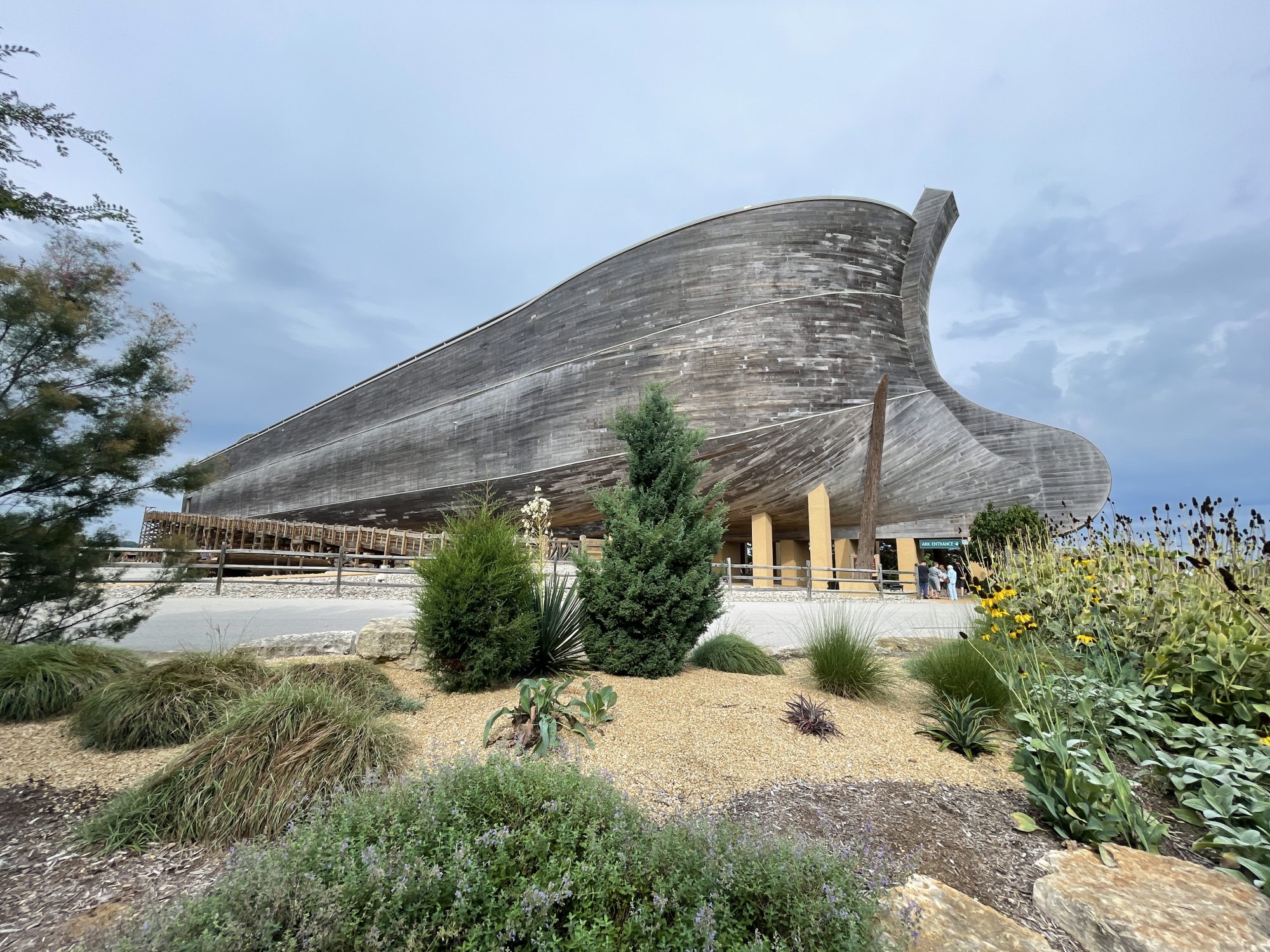I will first approach this discussion by looking into the basement rocks. (Predictions 1 and 2 touch upon dating techniques. And I will defer that discussion until later.)
Jose wrote:Prediction:
3. Basement rocks, that existed prior to the flood, should show no evidence of different strata.Test:
3. Are the oldest rocks we can find uniform in their appearance, or is there evidence of sedimentary strata? Another way to phrase this is: are all sedimentary strata uniformly young, and all homogeneous rocks uniformly old (except, of course, for rocks formed by recent volcanic activity)? The Vishnu Schist in the Grand Canyon is suggested to be pre-Flood rock with no strata; are other Precambrian rocks of this age or older also without parallel strata?
Basement rocks will be defined for this discussion as the rocks that were not deposited during the flood. This generally would be what is considered the Precambrian (or Cryptozoic) rocks. Or more specifically, the Proterozoic and Archean rocks, with the Archean rocks being found below the Proterozoic rocks. 1
The composition of the Precambrian rocks is generally composed of granite, schist, or gneiss. 1 Granite is igneous rock and is formed by solidified magma. Schist is metamorphic rock with flakes visible to the naked eye. Gneiss is metamorphic rock characterized by light and dark alternating bands.
Since Precambrian rocks are deep under the surface, very few parts of it are exposed in the world. In Ohio for example, no Precambrian rocks are exposed. However, measurements indicate that the depths of Precambrian rocks in Ohio range from 2500 feet to 13,000 feet deep. “These rocks are collectively referred to by geologists as the “basement” because they form the foundation for the overlying Paleozoic sedimentary rocks. Drillers commonly refer to the Precambrian rocks as the “granite,” in reference to a common rock type found below the Paleozoic rocks.” 2
Since very few parts of basement rocks are exposed, it is difficult to ascertain its specific nature. I have not been able to find many diagrams of basement rocks, but below is one illustration and one photograph.
Below is a cross diagram of the Grand Canyon. Rocks at the lowest parts contain no parallel stratifications.

Here is an image of an Archean rock. 3 Though it is only a small fragment, it demonstrates the lack of parallel strata that are found in sedimentary rock.
(If others are able to gather more images of basement rocks, feel free to post or link them.)
Basement rocks are also often large masses of rocks and form the continental masses. Such large masses of rock are referred to as cratons (or shields if exposed). 4
During a drilling in Ohio in 1912, “at a depth of 2,770 feet the drill bit reached granite gneiss and continued for another 210 feet into this Precambrian rock. The Norris well seemed to confirm the 1890 prediction of third State Geologist Edward Orton that “The granite of Plymouth Rock underlies the continent.” 2
Some examples of the size of a shield is demonstrated in the Baltic shield and the Canadian shield.
The Baltic Shield represents a large part of Scandinavia, northwestern Russia and the northern Baltic Sea with a thickness of 250-300 km. 5
The Canadian shield “covers much of Greenland; Labrador; all of Quebec north of the St. Lawrence River; much of Ontario outside the southern peninsula between the Great Lakes; the Adirondack Mountains of northern New York; parts of Michigan, Wisconsin, and Minnesota; the central portion of Manitoba away from Hudson Bay and the Great Plains; northern Saskatchewan; a small portion of north-eastern Alberta; and the mainland northern Canadian territories to the east of a line extended north from the Saskatchewan/Alberta border (Northwest Territories and Nunavut). In total it covers approximately 8 million square kilometers.” 6
So, basement rocks lack the parallel stratifications found in the sedimentary strata found on top of basement rocks. Its composition is generally igneous and metamorphic. And its size spans a large area and often is quite thick.
Thus, the basement rocks are quite distinct from the sedimentary strata found above it.
Some thoughts for uniformitarian proponents. Why do the basement rocks differ from the sedimentary rocks above it? Why is the basement rock so large and relatively homogeneous (compared to sedimentary strata)? Would not rain, snow and erosion still take place on earth over 500 million years ago? What is the link between the emergence of rock stratifications and the rapid appearance of life in the fossil record? If anyone would like to tackle these questions, please start a thread to present your case.
References:
1 http://www.factmonster.com/ce6/sci/A0840029.html
2. http://www.dnr.state.oh.us/geosurvey/oh … ecambr.htm
3. http://profharwood.x10host.com/GEOL102/ … rchean.htm
4. http://en.wikipedia.org/wiki/Craton
5 http://en.wikipedia.org/wiki/Baltic_Shield
6. http://en.wikipedia.org/wiki/Canadian_Shield
7. http://jersey.uoregon.edu/~mstrick/Rogu … brian.html
https://debatingchristianity.com/forum/viewtopic.php?p=10277#p10277
I found another diagram illustrating the basements rocks.
Below is a cross-sectional diagram of the area at Boulder, Colorado.

Source: Mark Williams Mountain Geography
Note that the basement rocks lack the parallel stratifications.
From looking at the diagram, one would surmise that all the layers were laid down first, then the mountain was formed. But this raises some questions. When were all the layers laid down? When did the final Pierre Shale layer get laid down? The mountain must have been then formed after the Pierre Shale was formed. What then caused the mountain to form? If tectonic forces, why are there not any evidence of tectonic forces causing deformations during the formation of all the layers from the Fountain Formation strata to the Pierre Shale strata?
https://debatingchristianity.com/forum/viewtopic.php?p=10400#p10400
